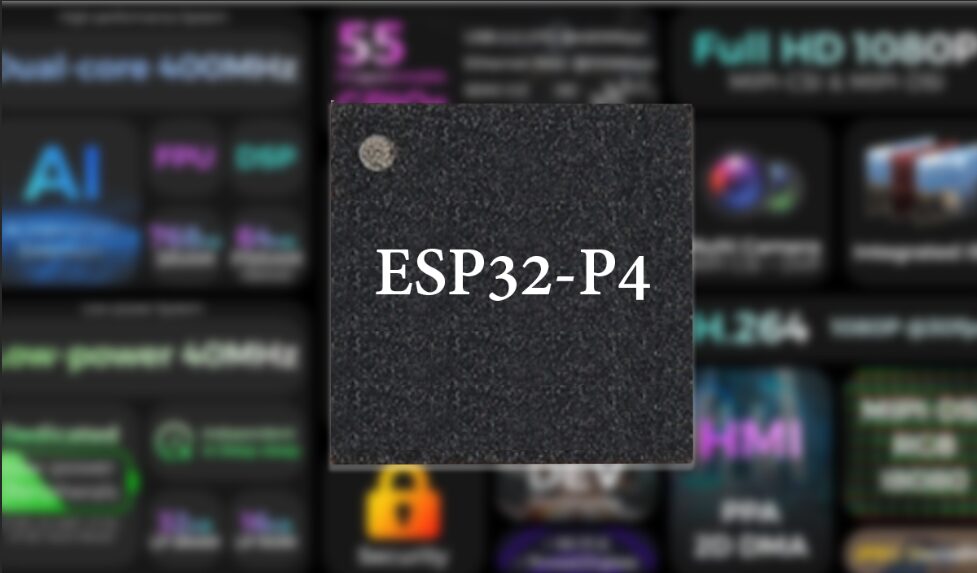
Espressif Announces ESP32-P4 SoC with Dual-Core 400MHz CPU, AI Instructions, HMI, MIPI-CSI, and more
Espressif Systems just announced their latest and greatest module the ESP32-P4. The most interesting thing about this SoC is that it doesn’t have a Radio Module built-in, meaning No Wi-Fi or Bluetooth capabilities. Other than that it features a new RISC-V dual-core CPU clock at 400MHz with a newly designed AI instructions extension, an advanced memory subsystem, and integrated high-speed peripherals designed for edge computing and AI tasks.
Just last year in 2023 we saw Espresif launched SoCs like ESP32-C3 and ESP32-C6 and after that initial launch, we saw many different development boards getting built on top of those new modules. Then, in January this year, they launched ESP32-C61 A powerful SoC with advanced wireless capabilities.
Since the launch of ESP8266, this is the first time we have seen an ESP module without a Radio Module built in. But they make up for those with a ton more added features like MIPI-CSI and MIPI-DSI for camera and display interfaces, dedicated LP-Core for ultra-low-power applications, Flash Encryption, cryptographic accelerators, and a Digital Signature Peripheral with a dedicated Key Management Unit and to top thing off it has 50 Programmable GPIO and many more…
Espressif ESP32-P4 SoC Specification:
- CPU: Dual-core RISC-V, up to 400MHz with AI instruction extensions and an additional LP-Core for low-power operations up to 40MHz
- Memory:
- 768KB on-chip SRAM, expandable with external PSRAM
- 8KB zero-wait TCM RAM for critical data processing
- Security:
- Secure Boot, Flash Encryption
- Cryptographic accelerators (SHA, ECC, TRNG)
- Digital Signature Peripheral with Key Management Unit for enhanced security
- Hardware access protection with Access Permission Management and Privilege Separation
- Connectivity:
- Over 50 programmable GPIOs
- Supports SPI, I2S, I2C, LED PWM, MCPWM, RMT, ADC, DAC, UART, and TWAITM
- USB OTG 2.0 HS, Ethernet, SDIO Host 3.0
- Capable of wireless connection as a companion chip or Host MCU for various solutions
- Human-Machine Interface (HMI):
- MIPI-CSI with integrated ISP for camera interface
- MIPI-DSI for display interface, along with parallel display and camera interfaces
- Capacitive touch inputs and speech recognition
- Media Support:
- Hardware accelerators for media encoding (including H.264 support)
- Integrated Pixel Processing Accelerator (PPA) for GUI development
Espressif recommends using their ESP-IDF programming framework for development with this module. Currently, there is no Arduino support, but it may be introduced soon, given the comprehensive documentation available for this new module.
Espressif has also launched a development board based on this new chip. Interestingly, in my search for more details about this new IC, I came across a Chinese manufacturer showcasing both the new ESP32-P4 chip and its associated development board. The video is attached below.
At the time of writing, there is not much information available for purchase but more details about this product can be found on Espressifs press release page.







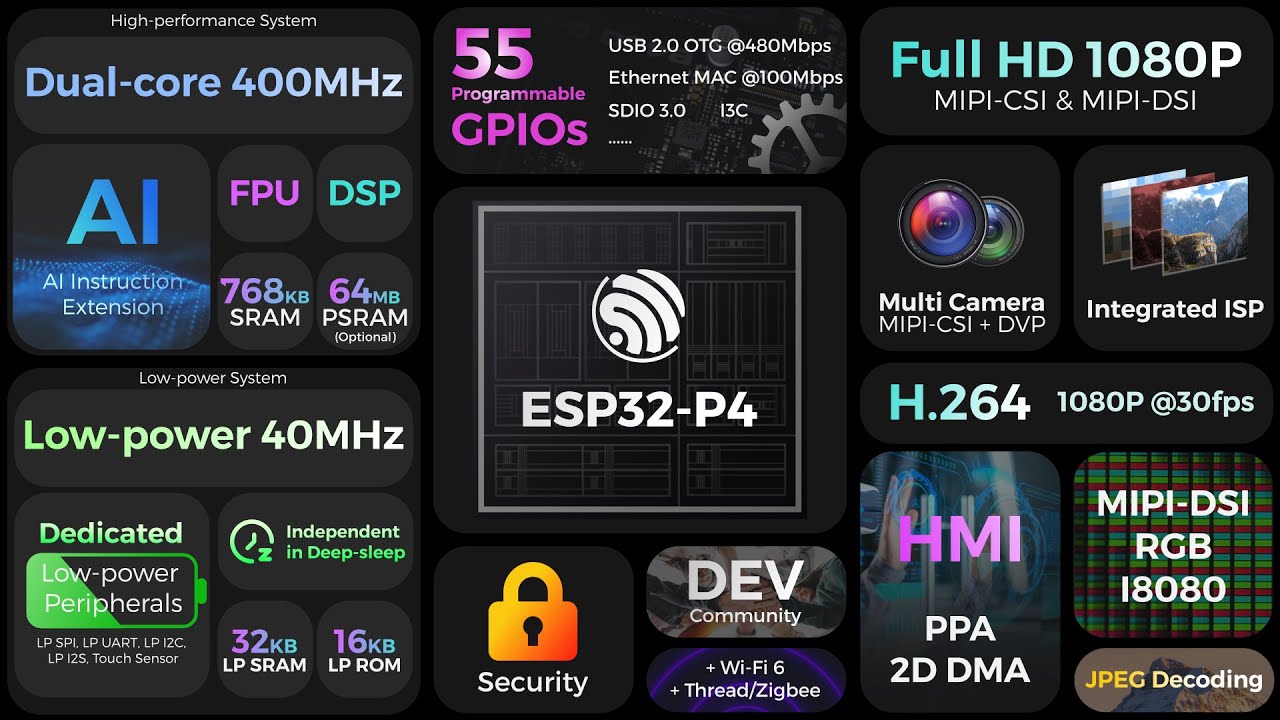
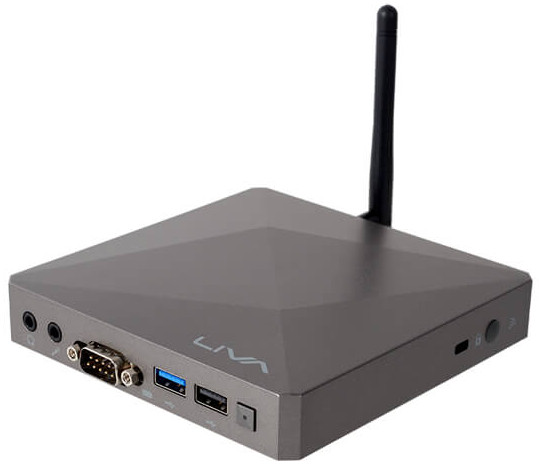
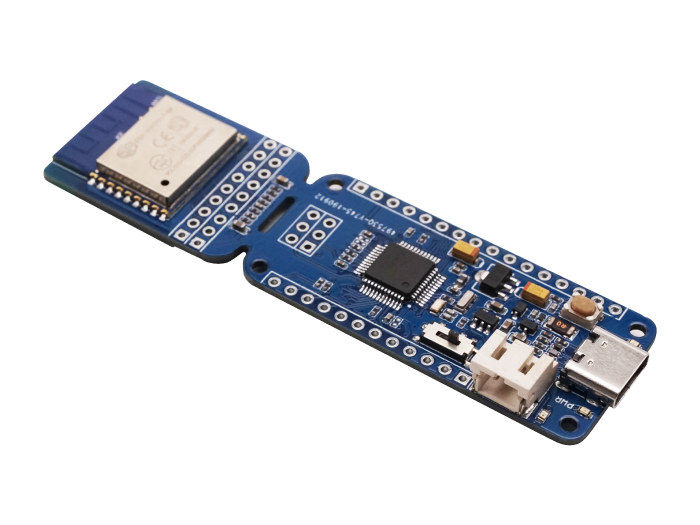
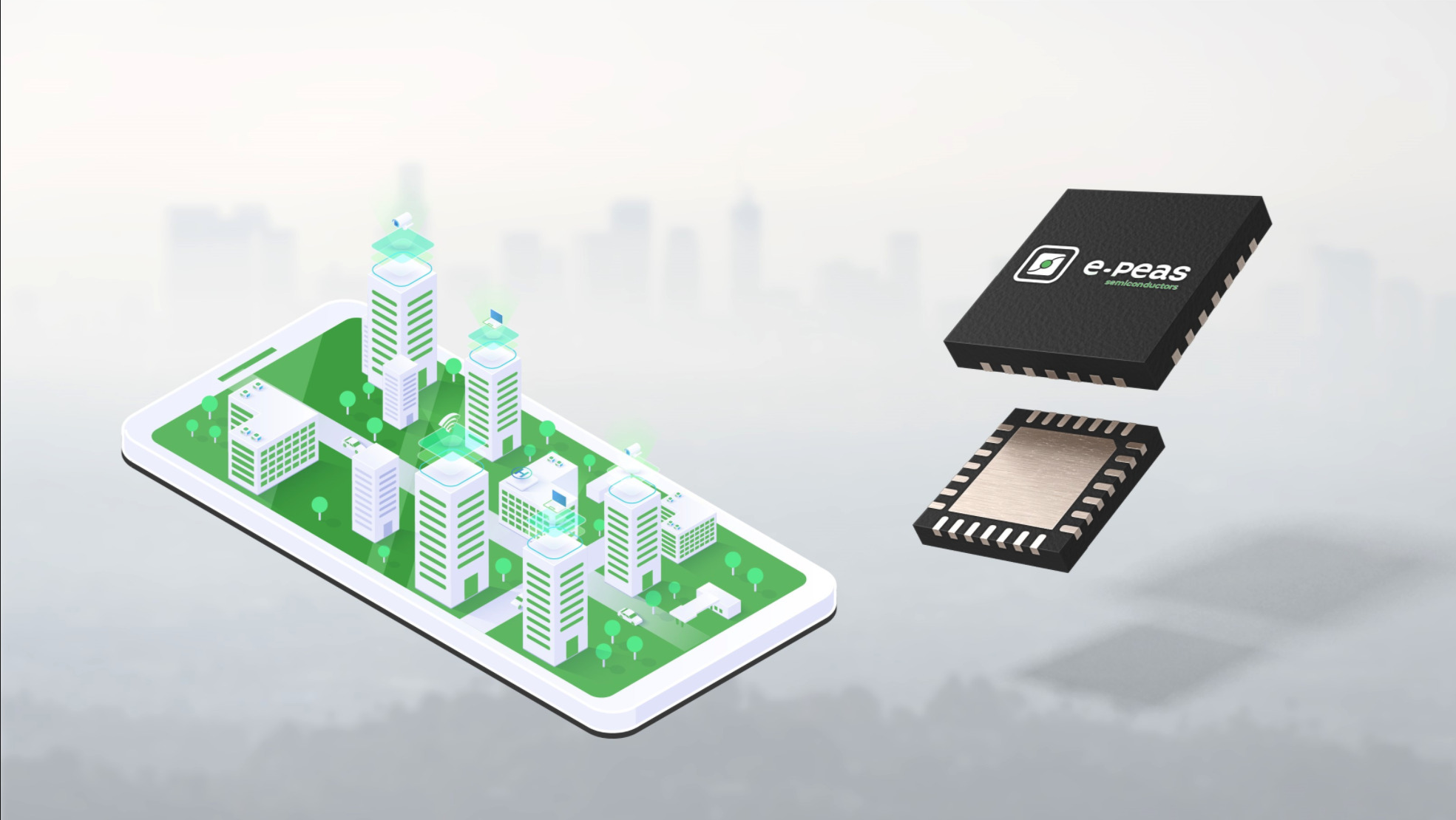
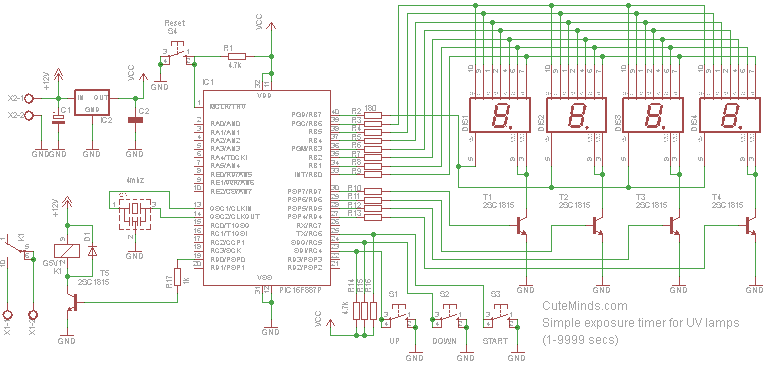
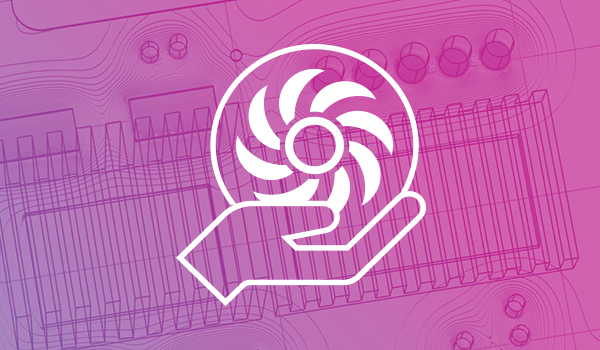
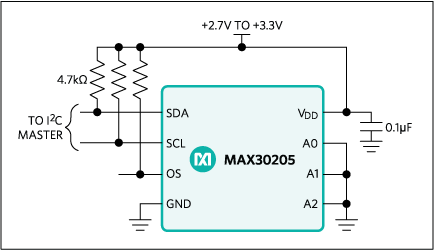





In your first sentence you say it is their latest wireless module and then go on to say it has no radio, so how is it a wireless module if it has no radio? You contradict yourself in the first two sentences of the article.
Conor, thank you for pointing that out, ESP and wifi are like curry and rice, can’t think one without thinking about the other…
This new ESP32 have no Wireless capabilities. The chip is more oriented at peripherals and precision ADC/DAC, Something not possible with a WIFI integrated on the CORE.